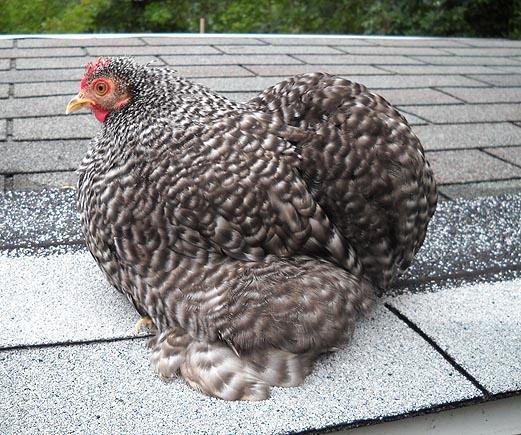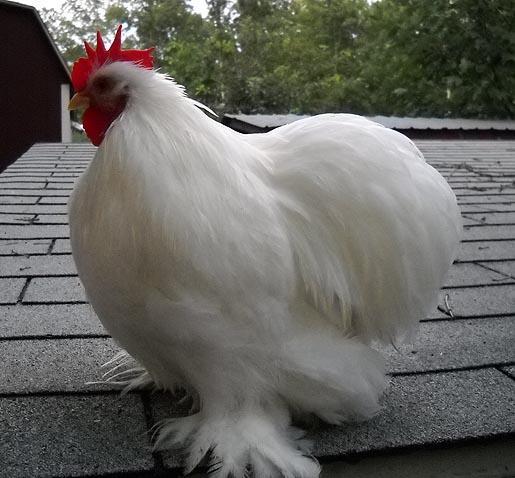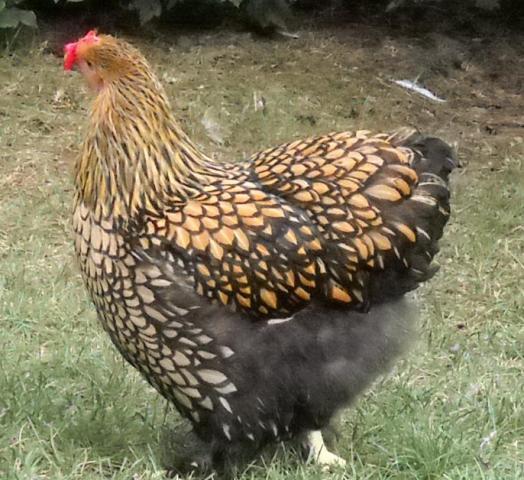Quote:
I do like the hen - hope they are comfortable there.
I don't like sending my birds to the fairs. I used to do at least three fairs.
Now I only participate in one fair show, which is put on by a local club and I'm a club member. I can go every day and check on my birds. Plus I know all the folks who do the feeding and watering. Our club makes a big effort to make sure the birds stay well and safe.
I do like the hen - hope they are comfortable there.
I don't like sending my birds to the fairs. I used to do at least three fairs.
Now I only participate in one fair show, which is put on by a local club and I'm a club member. I can go every day and check on my birds. Plus I know all the folks who do the feeding and watering. Our club makes a big effort to make sure the birds stay well and safe.






